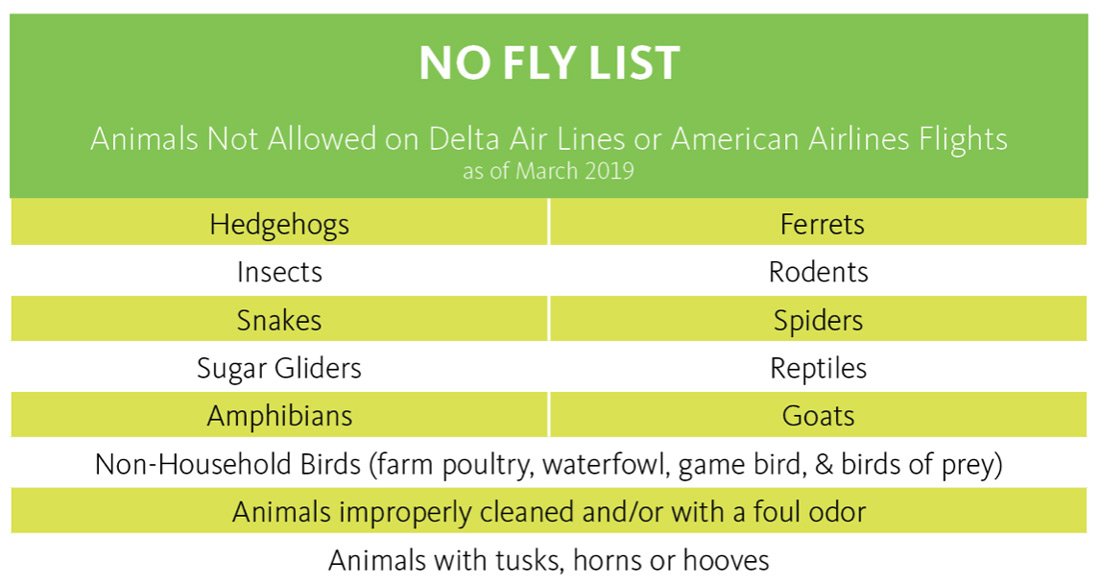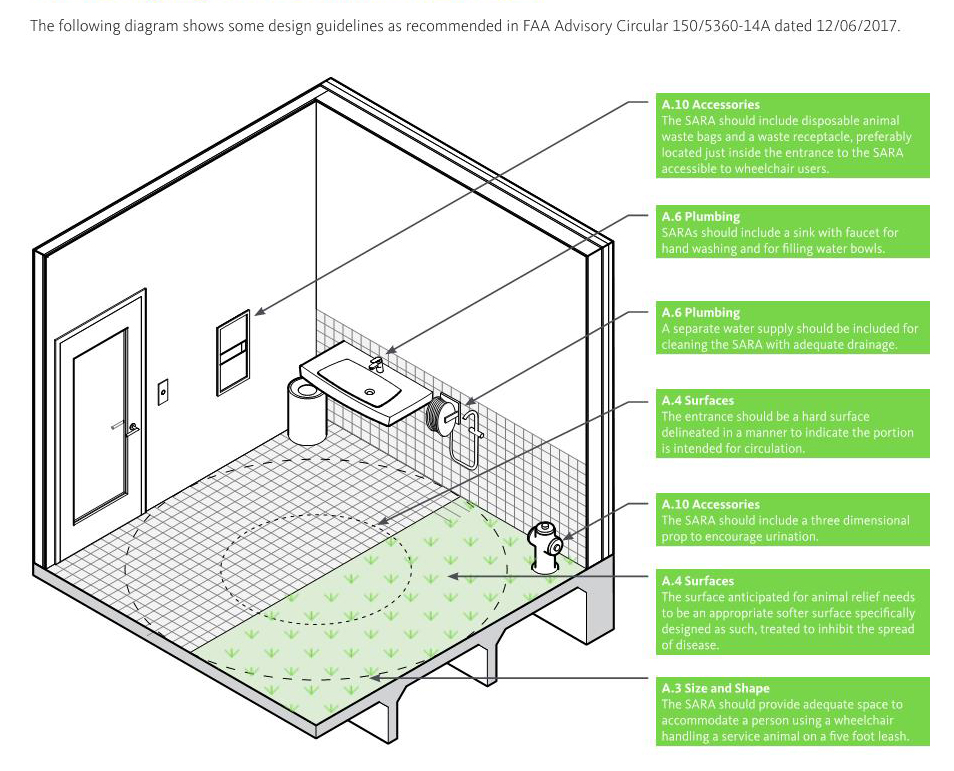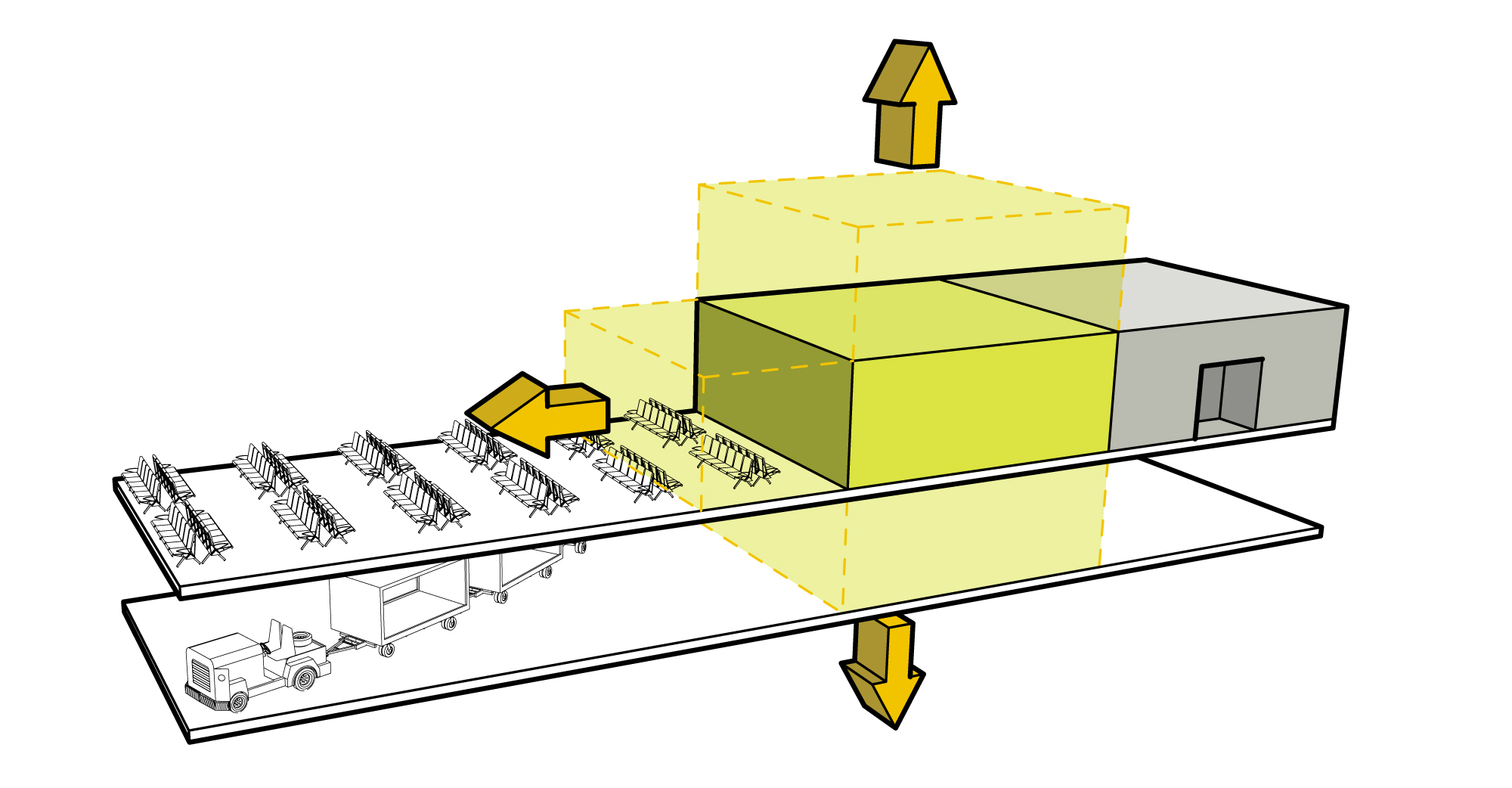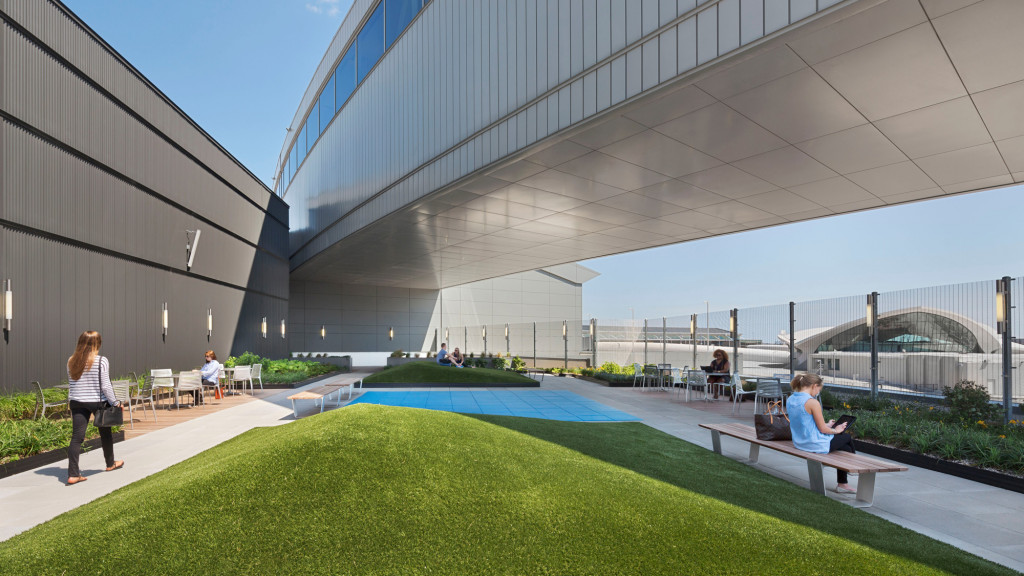How Do We Accommodate Traveling Service Animals?
By Tim Hudson
In order to make travel more accessible for all passengers, airports are required to provide relief areas for use by service animals. The definition of a service animal has expanded and contracted over the years and, as such, it can be challenging to understand how to best serve their needs.
What is (and isn’t) a service animal?
Service animals come in all shapes and sizes. According to the Air Carrier Access Act (ACAA), a service animal is any animal that is individually trained or able to provide assistance to a person with a disability. While there are animals that serve those with noticeable impairments such as vision loss, hearing loss, and reduced mobility, it has also become common place to see service animals that serve those with unseen needs such as anxiety and PTSD.
The ACAA prohibits commercial airlines from discriminating against passengers with disabilities. To address the needs of these unique passengers, Service Animal Relief Areas have become a requirement both inside and outside the secure areas of airport terminals..
Airlines allow most service animals into the cabin portion of their aircraft, however, most tend to be dogs and cats. According to the U.S. Department of Transportation, “unusual animals are evaluated on a case by case basis,” and operators may restrict animals from flying that:
- Are too large or heavy to be accommodated in the cabin.
- Pose a direct threat to the health or safety of others.
- Cause a significant disruption of cabin service.
- Are prohibited from entering a foreign country.
Recently, individual airlines have become much more specific about the types of creatures on their No Fly lists — especially after an emotional support peacock attempted to catch a flight out of Newark in 2018. Many airlines now require documentation of need and health of the service animal, as well as advance notice. So, it is important that those flying with service animals confirm with their airlines before arriving at the airport.

What are the requirements for a Service Animal Relief Area?
As with many airport elements, the FAA provides some key guidance for SARA design and implementation in the form of an advisory circular. Some important aspects as laid out in FAA Advisory Circular 150/5360-14A are:

What other best practices should be integrated into a SARA?
Many of the FAA’s written guidelines should be viewed as minimum requirements, but additional aspects should be considered to make it as functional as possible for all users.
Wheelchair accessibility needs to be maintained throughout the Service Animal Relief Area, which can be a challenge if there is a curb at the actual relief surface, or if fixed items such as a decoy fire hydrant or plumbing block access. Whenever possible, the relief surface should be flush or aligned with floor and fixed items located away from the center of the relief area.
Additionally, operational and maintenance practices need to be considered early in the design process. Naturally, sanitation and odors are a concern, especially if the relief area is on the interior of a concourse. In order to ensure a tidy space, it should accommodate equipment for cleaning, rinsing, and drying the area, as well as adequate storage, ventilation, and proper waste disposal.
Although they make up the majority of service animals, it should be noted that not all creatures using the SARA are highly trained service dogs. Since many animals are not trained to relieve themselves indoors, the airport should consider single-user SARAs with animal-friendly cleaning products and make additional accommodations for cats and other animals.
One requirement of note from the FAA guidelines: “Airports must consult with one or more service animal training organizations regarding design, dimensions, materials and maintenance of service animal relief areas.” Doing so creates an opportunity to engage with local organizations while also ensuring that the airport is kept well-informed of best practices and the evolving needs of this specific passenger type and their companions.

Design Insights
Successful airports strive to address passenger needs while delivering a positive travel experience. Whether it be mother’s rooms, all-gender restrooms, or service animal relief areas, airports are on the forefront of accessibility trends. But incorporating more non-revenue generating amenities like these can be challenging in a concourse where real estate is already at a premium.
In response, airport designers are finding creative ways to carve out new spaces without expanding the building itself. At JFK Terminal 5, for example, Gensler created a post-security rooftop terrace that includes a children’s play area, outdoor seating, ample green space, and a dedicated service animal relief area. Whether it’s by developing upward into a new floor, downward into vacant ramp space, sharing space with hold lounges, or reclaiming newly vacant parking, this innovative approach allows airports to include a broader range of amenities and accessibility features without sacrificing space on the concourse.

